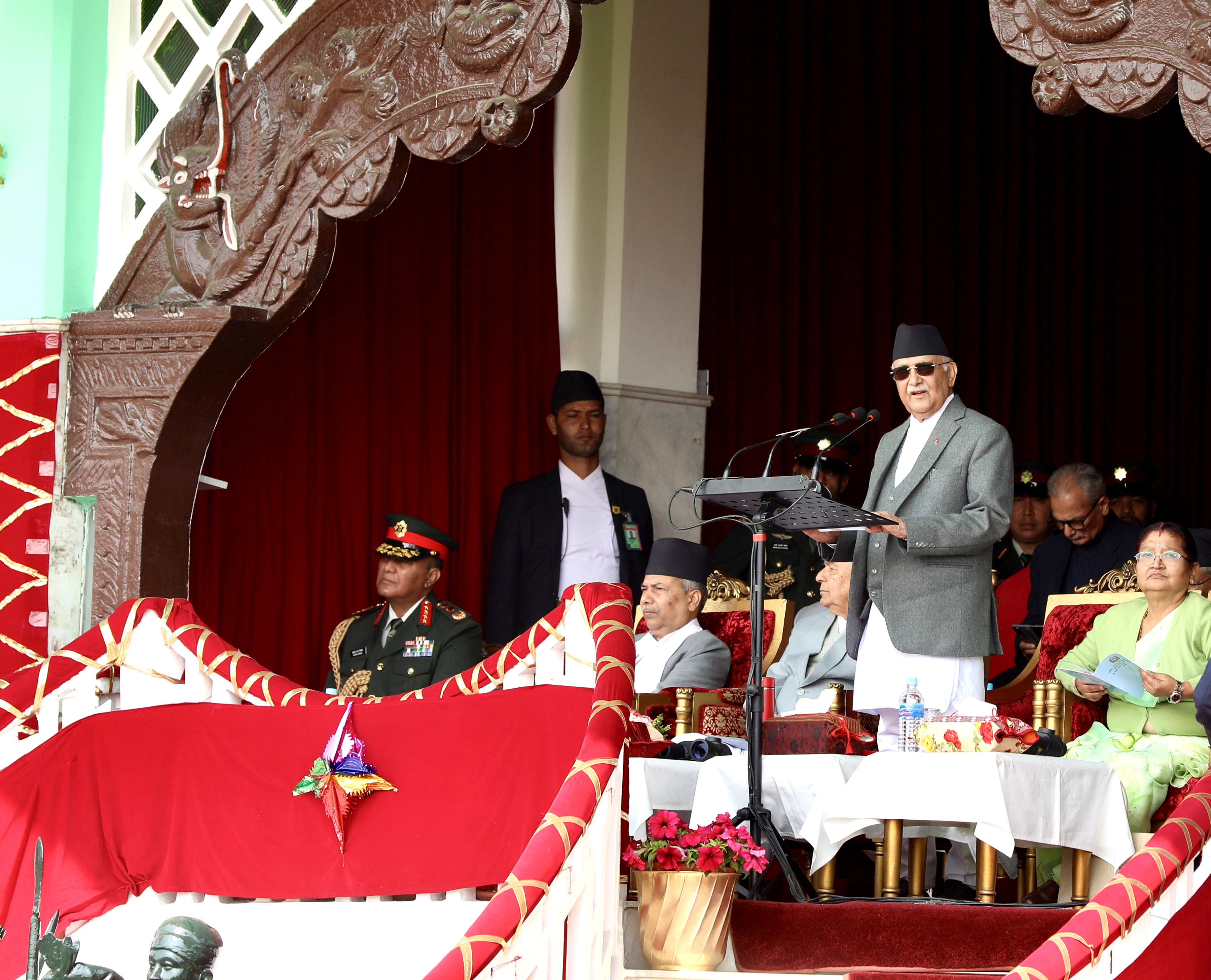Innovation is the result of a thoughtful mind solving a problem with a unique solution. Innovation has value only if it can be commercialized, sustained in the market or utilized for public use. Innovation for national growth is multifaceted and multidimensional to address complex issues. Academic institutions with highly educated and experienced faculty and brilliant students and scholars are like cooking pots boiling and overflowing with ideas for such innovations.
Idea to market or for public use is another multifaceted and multidimensional process. It requires an ecosystem bolstered with appropriate plans and policies for multiple stakeholders (from scientists to regulatory authorities) to come together and implement the solution with technoeconomic feasibility for affordability, socio-economic benefits and environmental protection. It is becoming the global norm for funding. Identifying such innovations and providing appropriate support adequately in a timely manner are essential for profitable implementation.
In tune with the global trend, universities are meant to bring in such an atmosphere in their premises through global networking owing to multiple disciplines and support systems available within its premises and in the larger community of faculty, scholars and students. Close association of universities with the government, its ministries and agencies can leverage such developments to public. Universities build cities and education uplifts people. On the part of the government, the young and the experienced brains of academics should be challenged with national requirements supported by major schemes. This is a paradigm shift to the way our universities and colleges work in a highly fragmented manner. For such a sea change to a new translational ecosystem, multidisciplinary research programs in hub-and-spokes model, specialized centers of innovation and commercialization in a particular area of technology or consortia mode projects with national agenda have to be strengthened in numbers.
NAST at work to publish directory of Nepali scientists and tech...

Major and serious adverse fallout of the industrial revolution to supply technologies to billions around the world is environmental degradation, loss of precious natural resources and climate change. Today, green technologies—such as non-fossil fuels and efficient pollution-reducing systems like public transport running on green energy—are being vigorously pursued to curb environmental damage and disasters. The Himalayan region remains one of the better-preserved large ecosystems, where a pronounced nature-human harmony helps limit industrial expansion and pollution. However, today’s economy is technology-driven, and necessary technologies need to be designed and developed or adapted for the region to enhance livelihood and also socioeconomic status. Late entrants have the big advantage of choosing the right technology suited to them provided they enjoy a thorough global knowledge and wide network of resourceful experts to choose and implement one. Right from individual researchers to government innovation, thoughts should incorporate green technology concepts and ideas in development. Such incorporation has to be done at the design stage itself and deep mining for availability of such technologies will benefit in adaptation. The government should take it as a mission and conceptually work out the desired technology solutions for its immediate and long-term requirements and award projects and programs.
Affordability and accessibility have become very important to sustain innovative outputs. The resource crunch will always be a challenge for developing nations, but it is in a way a boon for becoming very innovative in devising economical and sustainable solutions. Material science knowledge, logistics and choice of the right technology applications are crucial for maximizing output-to-investment and technoeconomic outcomes.
Right from individual researchers to the government, all should be able to think of innovative ideas and means to select implementable solutions. Technoeconomic feasibility is the weakest component in academic research, and this should be strengthened through awareness and curriculum at the level of technical education and serious brainstorming of probable solutions with local and external technology experts for funding. Spreading funds thinly across many ideas will not provide desired effects. A well-worked out technology solution on paper will save a lot of money.
To summarize, innovations and its outcomes for national growth require careful planning and policy changes at all levels, especially at the level of academics and educational ministry.







































